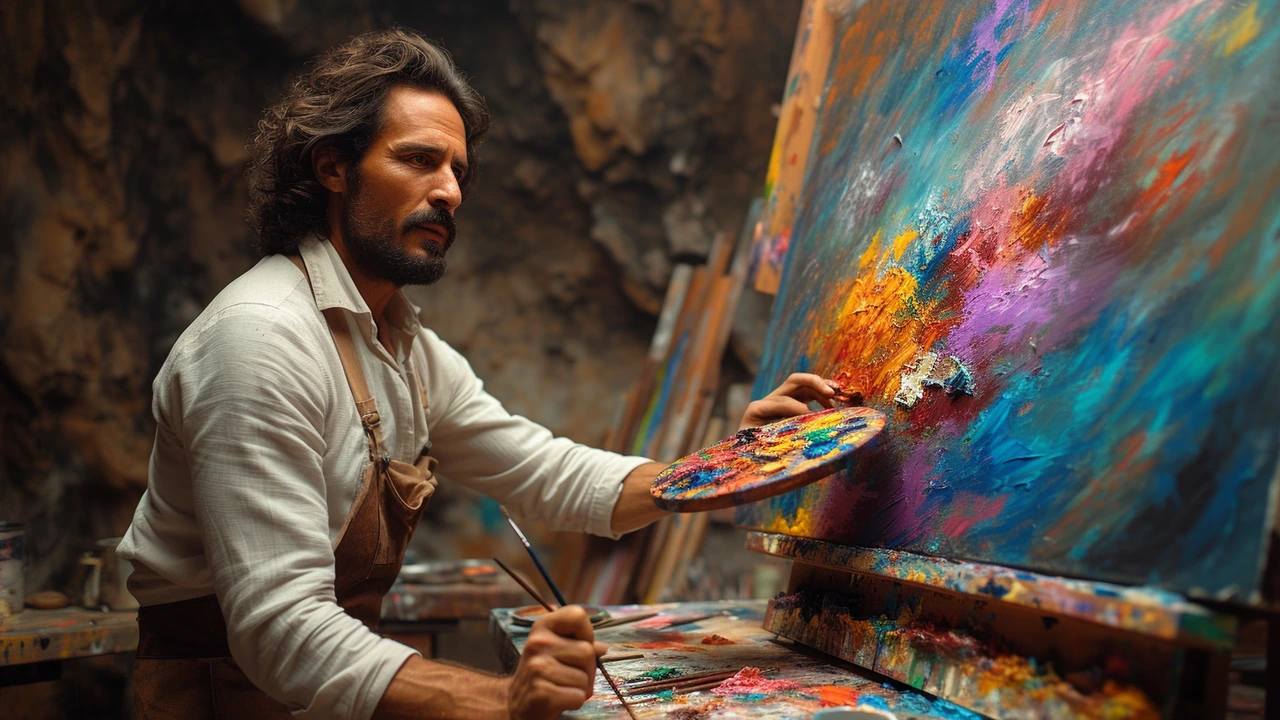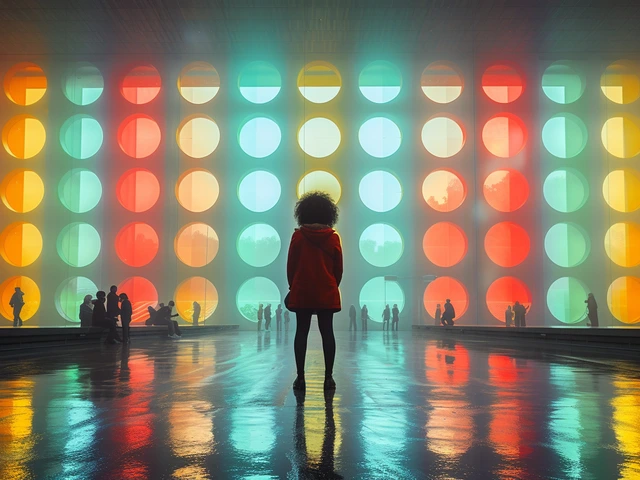A Brief History of Expressionism
At the end of the day, after spending time with Rufus and Lady, my mind often wanders to the power of expression. This is perhaps why I've always been drawn to Expressionism, an art movement that emerged in the early 20th century as a response to the anxieties of modern life. It was a time of significant upheaval, where artists began to move away from the depiction of external realities, focusing instead on conveying internal states of being. The movement saw its roots in Germany, rapidly spreading across Europe and influencing a diverse range of art forms, from painting and sculpture to theater and film.
Expressionists were less concerned with replicating a photorealistic view of the world but aimed to evoke emotional responses. They experimented with bold colors, distorted forms, and striking compositions to capture the essence of what it means to feel. This era was marked by greats like Edvard Munch, whose iconic 'The Scream' encapsulates the existential angst and disorientation of the time. The movement wasn't just a stylistic choice but a profound commentary on the human condition, exploring themes of alienation, angst, and the quest for authenticity.
Characteristics of Expressionism
Walking through an expressionist gallery, one can't help but feel engulfed by the raw, emotional intensity on display. Expressionism is characterized by its use of vivid, often jarring colors to evoke a mood or feeling. The artists distorted forms and exaggerated lines not for the sake of abstraction but to better express the internal state of the subject. It's a direct pipeline to the artist's soul, bypassing the filter of the literal world.
Another hallmark of Expressionism is its emphasis on subjectivity. This movement is a deep dive into the personal, showcasing how artists perceive the world around them. It's about viewing the external through the lens of the internal, creating works that are deeply personal yet universally relatable. Expressionists didn't shy away from the darker aspects of the human psyche, making their work resonate on a profoundly emotional level. Through their art, they invite us on a journey into the depths of human emotion, revealing the beauty, pain, and complexity of what it means to be alive.
The Impact of Expressionism on Modern Art
The ripple effects of Expressionism can still be felt today. It broke ground by prioritizing emotion over realism, paving the way for subsequent art movements like Abstract Expressionism. The likes of Jackson Pollock and Mark Rothko took inspiration from the expressionist ethos, exploring new ways to convey emotion through abstract forms and colors. Expressionism's influence extends beyond painting, touching areas like film, where directors like Fritz Lang crafted visually arresting, emotionally charged narratives that echo expressionist aesthetics.
Perhaps one of the most telling impacts of Expressionism is its role in humanizing art. By focusing on the internal rather than the external, expressionist artists brought the viewer's attention back to the shared human experience. It's a reminder that art isn't just about capturing the world as we see it but about connecting with others on an emotional level. Expressionism encourages us to confront our feelings, to find beauty in the chaos, and ultimately, to understand the depth of our own humanity.
Expressionism Today: A Continuing Legacy
In contemporary times, the spirit of Expressionism lives on. It's visible in the work of modern artists who use their medium to explore and express complex emotional landscapes. From the bold, graphic novels to evocative street art, the influence of Expressionism is unmistakable. These artists, much like their predecessors, use their work as a means of navigating and making sense of the world around them.
But Expressionism isn't just confined to the realms of art and culture. In everyday life, it encourages us to embrace our emotions, to see the world not just for what it is but for what it could be. It's an invitation to experience life more deeply, to appreciate the myriad of emotions that color our existence. Expressionism, in essence, teaches us the value of looking beyond the surface, of finding the extraordinary in the ordinary. As I watch Rufus and Lady play in the fading light, I'm reminded that Expressionism, at its core, is about embracing life with all its complexities and contradictions. And that's a lesson worth carrying forward.



